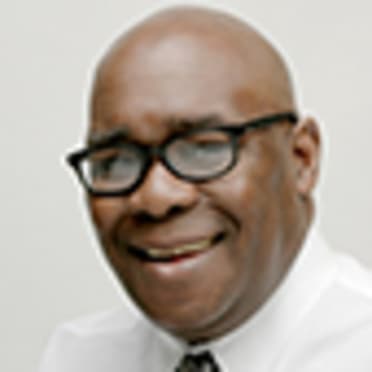2-way player Dihigo a HOFer in 5 countries
The Negro League Baseball Museum is celebrating the 100th anniversary of the start of the Negro Leagues, and MLB.com’s Bill Ladson has written a series of articles on some of the league’s legends. As National Hispanic Heritage Month winds down, here is a look at the career of Martín Dihigo, who is best known for his 12-year career in the Negro Leagues, but was a legend in other leagues as well.
If you think Shohei Ohtani has made a great impression on the diamond because of his mound presence and consistency in the batter’s box, think again. What Ohtani has done the past three years for the Angels doesn’t yet compare to the career numbers posted by Martín Dihigo, who was one of the most versatile players in baseball history.
Who is Martín Dihigo? He is most widely known for his 12 years in the Negro Leagues, where he played for the Cuban Stars, the Homestead Grays, the Hillsdale Giants and the New York Cubans between 1923-45. But he excelled in the Cuban League, the Mexican League and the Venezuelan League, too.
A native of the Matanzas Province in Cuba, Dihigo is the only man to be elected into the Cuban, Mexican, Venezuelan, Dominican Republic and United States Baseball Halls of Fame. He was elected into the National Baseball Hall of Fame in Cooperstown in 1977, six years after his death.
Dihigo distinguished himself with his versatility. Defensively, he could play all nine positions -- yes, nine -- and he played them well. When he was stationed in the outfield, for example, his throwing arm intimidated runners from trying to take an extra base. He had the type of arm that would have rivaled Roberto Clemente’s cannon.
When he played the infield, Dihigo was usually in the middle of the diamond. He had great range and soft hands. And there were years when he couldn’t be touched when he was on the mound. Dihigo’s best season came in 1938, when he won 18 games and posted a 0.92 ERA for Rojos del Aguila de Veracruz of the Mexican League. He also won a batting title that season with his .387 average.
“I don’t care if he played in the Little League. That’s amazing,” said Bob Kendrick, president of the Negro League Baseball Museum. “That’s one of the most unique double-doubles ever. He wins the pitching title and the batting title in the same season. That is ridiculous. He had a cannon for an arm, because he was a pitcher.”
One person who witnessed Dihigo’s exploits on the diamond was fellow Hall of Famer Johnny Mize. They were teammates in the Dominican Winter League, and Mize was impressed by what he saw.
“The greatest player I ever saw was a black man. His name is Martín Dihigo,” Mize once said. “I played with him in Santo Domingo in winter ball in 1943. I thought I was having a pretty good year myself down there and they were walking him to get to me.”
Dihigo’s best game, by all accounts, occurred on Sept. 5, 1938. He was pitching that day for Rojos del Aguila de Veracruz and facing Satchel Paige, who was on the mound for rival Agrario of Mexico City. It turned out to be a pitcher’s duel, according to Peter C. Bjarkman, who writes for BaseballdeCuba.com. Paige exited after eight innings, but Dihigo remained in and hit a walk-off home run in the ninth to win the league pennant.
Over his 28 years in the game, Dihigo won two batting titles. He was also a four-time Most Valuable Player Award winner in the Cuban League. Dihigo remains a legend among his countrymen.
According to Kendrick, when the White Sox paid a visit to the Negro League Baseball Museum in 2006, pitcher and Cuban native Jose Contreras was in awe upon seeing a statue of Dihigo.
“You cannot come out of Cuba,” Kendrick said, “and not know the name Martín Dihigo -- or ‘El Maestro,’ as he was nicknamed.”
